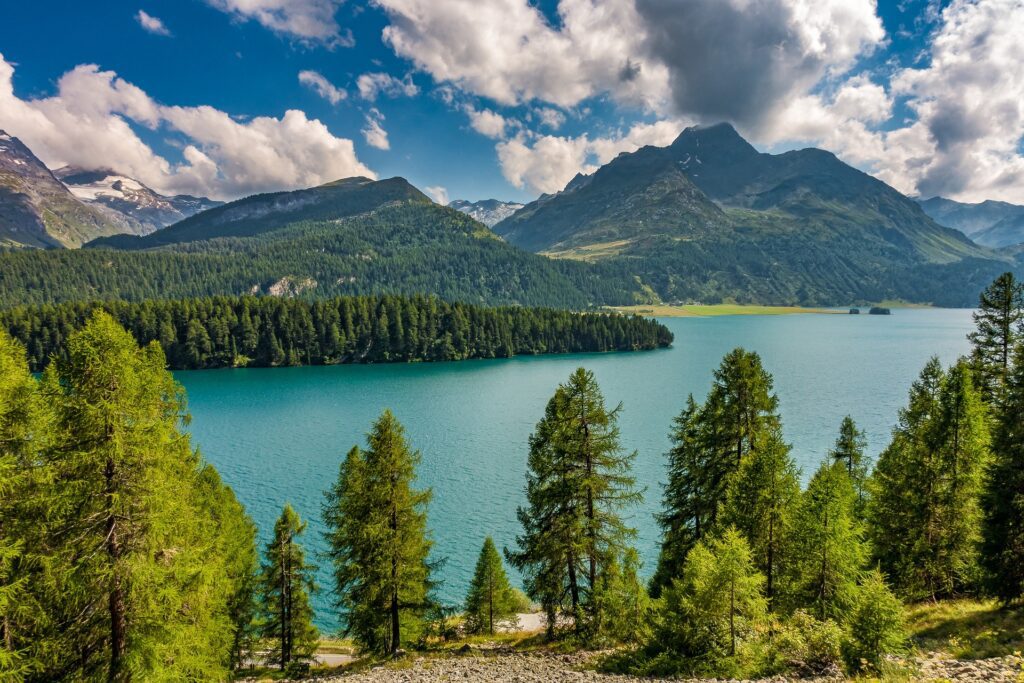

Switzerland is a country located in central Europe, known for its mountains, natural beauty, and neutral status in international politics. It is a federal republic with a population of approximately 8.5 million people and its official languages are German, French, Italian, and Romansh. The country is known for its strong economy, low unemployment rate, and high standard of living. Switzerland is also home to several well-known multinational corporations and is a popular tourist destination.
Visa requirements in Switzerland
Visa requirements for entering Switzerland vary depending on a person’s nationality, length of stay, and purpose of visit. Citizens of the European Union (EU), European Economic Area (EEA), and Switzerland are allowed to enter and reside in Switzerland without a visa. Citizens of other countries may require a visa or a permit for stays longer than 90 days, depending on their nationality.
For stays of less than 90 days, citizens of certain countries may be able to enter Switzerland without a visa under the Schengen Area agreement. This includes citizens of Australia, Canada, Japan, New Zealand, and the United States, among others.
Geography of Switzerland
Switzerland is located in central Europe and is bordered by France to the west, Germany to the north, Austria and Liechtenstein to the east, and Italy to the south. The country is known for its mountainous terrain, with the Swiss Alps covering more than 60% of the country’s land area.
Switzerland is home to several major mountain ranges, including the Swiss Alps, Jura Mountains, and the Central Plateau. The highest peak in Switzerland is the Dufourspitze, which rises to an elevation of 4,634 meters. The country is also dotted with several large lakes, including Lake Geneva, Lake Constance, and Lake Zurich.
Switzerland’s geography and natural beauty have helped shape its economy and culture. The country’s abundant water resources, including rivers and lakes, provide power for its industries, while its mountain ranges and rolling hills have made it a popular destination for outdoor recreation and tourism. The country’s varied landscapes, from rolling hills and plains to rugged mountain ranges, also provide a rich and diverse range of habitats for wildlife and plant species.
Travel and safety requirements in Switzerland
Switzerland is generally considered a safe and stable country for travel. However, as with any destination, it is important to be aware of local laws and customs, and to take standard precautions for personal safety.
When traveling in Switzerland, it is recommended to carry identification at all times, as you may be required to present it to the authorities. It is also advisable to be cautious when carrying large sums of money or valuable items, and to take steps to protect your personal property, such as using a hotel safe or carrying a money belt.
In terms of transportation, Switzerland has a well-developed public transportation system, including trains, buses, and boats. Taxis are also widely available, and it is recommended to use licensed taxis for safety.
In terms of natural hazards, Switzerland is prone to some natural risks, such as avalanches and flash floods, particularly in mountainous areas. Visitors are advised to check local weather conditions and to follow the advice of local authorities if there is any danger.
Money and Banks in Switzerland
The currency used here is, the Swiss franc (CHF). Swiss banks are known for their stability and privacy, making Switzerland a popular destination for international banking.
Visitors to Switzerland can exchange foreign currency at banks, currency exchange offices, and some hotels. ATMs are widely available and are a convenient way to withdraw cash. Credit cards are widely accepted in Switzerland, but it is important to check with your bank or credit card company before traveling to ensure that your card will be accepted and to confirm any associated fees or charges.


Food and Drink in Switzerland
Switzerland has a diverse cuisine that has been influenced by the country’s French, German, and Italian neighbors, as well as its own regional specialties. The most well-known Swiss dishes include:
Fondue: a dish made of melted cheese and wine, typically served with bread
Raclette: a dish of melted cheese served with potatoes and pickles
Rösti: a traditional Swiss dish made from grated potatoes, fried until crispy and served as a side dish or main course
Zürcher Geschnetzeltes: a dish of sliced veal or beef in a creamy sauce, served with Rösti
Switzerland is also famous for its chocolate, with several top Swiss chocolate brands such as Lindt, Toblerone, and Milka. Swiss chocolate is widely available throughout the country and is a popular gift item.
Switzerland is also known for its wine, particularly its white wines from the Lake Geneva region. Swiss beer is also popular, with several traditional Swiss beers and microbreweries located throughout the country.
Culture of Switzerland
Switzerland has a rich cultural heritage and is home to a diverse mix of languages, traditions, and customs. The country has four official languages (German, French, Italian, and Romansh) and each region has its own unique cultural identity. Swiss culture is characterized by values such as punctuality, precision, and quality, which are reflected in the country’s famous chocolate, watches, and banking industries.
In terms of social customs, the Swiss value privacy, personal space, and formality in public situations. They are also known for their love of nature and outdoor activities, with the Swiss Alps being a popular destination for skiing, hiking, and mountain climbing.
How to Travel around Switzerland
Switzerland is a small country with a well-developed transportation system, making it easy to travel around and explore its many attractions. It’s train network is one of the most extensive in Europe and is the most convenient way to travel around the country. Trains are frequent, punctual, and offer stunning views of the Swiss Alps and other scenic landscapes.
Bus travel is also a popular option for those traveling within Switzerland, especially for shorter distances and in remote areas. There are several regional and local bus companies operating in the country, making it easy to get around. Renting a car is a popular option for those who want to have the flexibility to explore the country at their own pace. Switzerland has a well-developed road network, with highways connecting major cities and tourist destinations.
Overall, there are many options for traveling around Switzerland, whether by train, bus, car, bicycle, or cable car. Visitors can choose the mode of transportation that best fits their travel style and budget, making it easy to explore all that the country has to offer.
How to reach Switzerland
Switzerland has several international airports, including Zurich Airport (ZRH) and Geneva Airport (GVA), both of which serve as major hubs for international flights. Direct flights to Switzerland are available from many cities around the world.
Switzerland’s efficient and well-maintained infrastructure makes it easy to reach your destination and explore the country. Once in Switzerland, there are many options for getting around, including trains, buses, taxis, and rental cars, so you can easily travel to different parts of the country to experience all that Switzerland has to offer.
Best time to visit Switzerland
The best time to visit Switzerland depends on the type of activities and experiences you are interested in. Some factors to consider include:
Summer (June to August): If you’re interested in outdoor activities such as hiking and scenic walks, summer is a great time to visit Switzerland. The weather is warm and sunny, and the natural scenery is at its best.
Winter (December to February): If you’re interested in skiing and snowboarding, winter is the best time to visit Switzerland. The Swiss Alps offer some of the best ski slopes in Europe, and there are many ski resorts to choose from.
Spring (March to May): If you’re interested in wildflowers and scenic landscapes, spring is a great time to visit Switzerland. The weather is mild, and the landscape is dotted with vibrant blooms.
Fall (September to November): If you’re interested in scenic drives and fall foliage, fall is a great time to visit Switzerland. The weather is mild, and the changing leaves create a beautiful and colorful landscape.
Regardless of when you visit, Switzerland is a year-round destination, and there are always plenty of activities and experiences to enjoy, whether it’s exploring the scenic countryside, taking in the cultural offerings of the cities, or indulging in the country’s famous cuisine.




